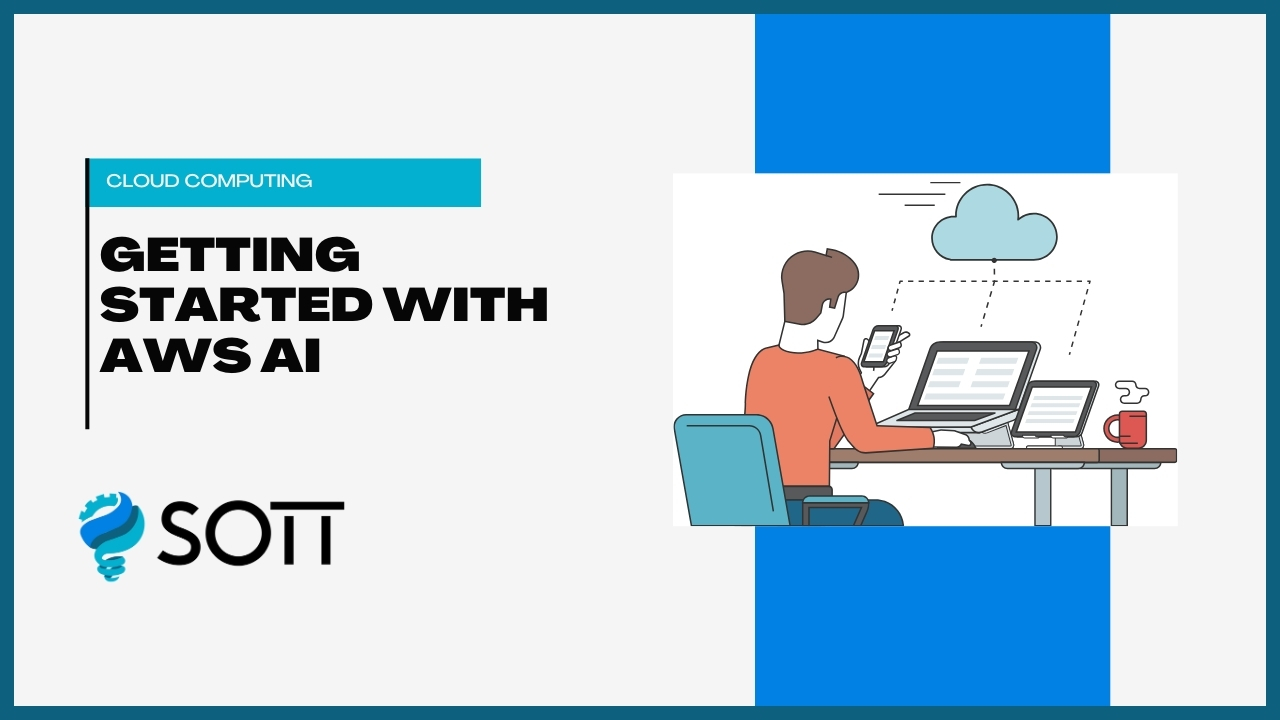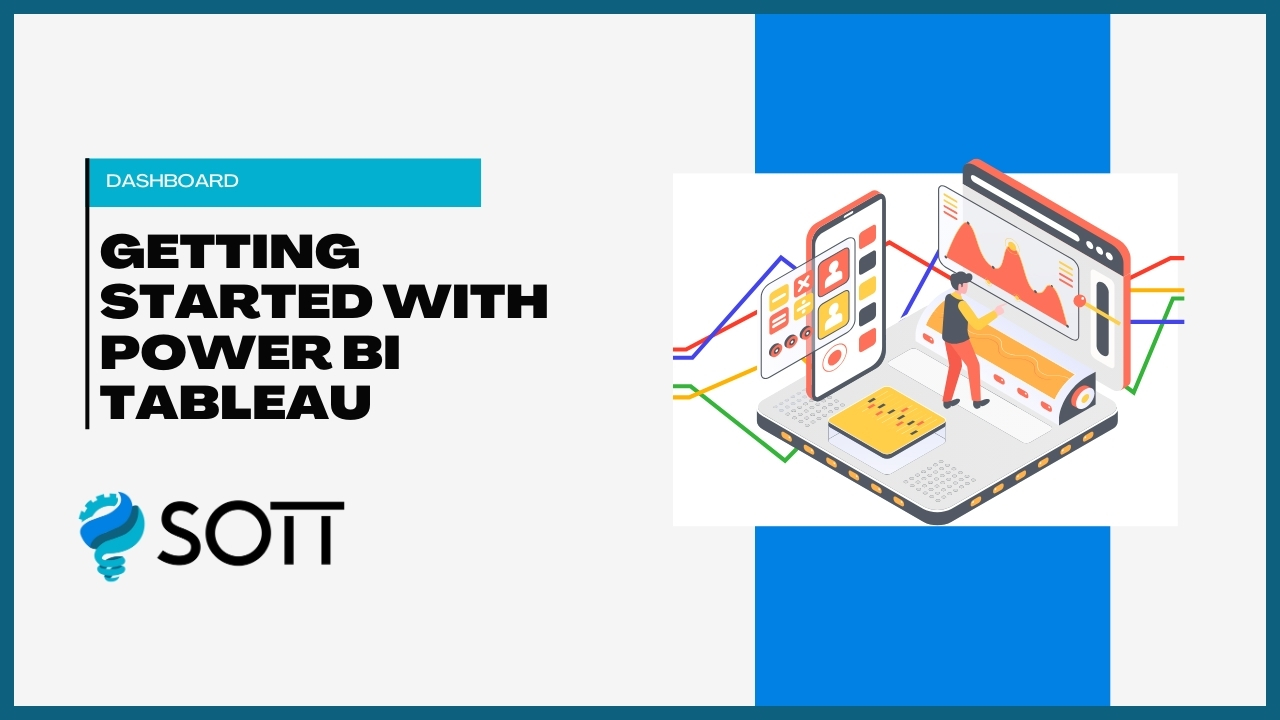Lesson 1: Introduction to Networking
-
What is Networking? - Definition, Purpose and Applications, Types of Networks (LAN, WAN, MAN)
-
Network Devices - Routers, Switches, Access Points
-
Network Topologies - Star, Mesh, Ring
Lesson 2: OSI and TCP/IP Models
-
OSI Model Layers - Physical, Data Link, Network, Transport, Session, Presentation, Application
-
TCP/IP Protocol Suite - Layers and Correspondence to OSI, Common Protocols (HTTP, FTP, TCP, UDP)
Lesson 3: IP Addressing and Subnetting
-
IPv4 Addressing - Address Classes, Private vs Public Addresses
-
Subnetting - CIDR Notation, Calculating Subnets
-
IPv6 Addressing - Structure and Features, Transition from IPv4
Lesson 4: Networking Protocols
-
Key Protocols - ARP, DNS, DHCP
-
Routing Protocols - RIP, OSPF, EIGRP
Lesson 1: Switching Basics
-
Concepts of Switching - MAC Address Tables, VLANs, Spanning Tree Protocol (STP)
-
Configuring Switches - Basic Configuration Commands, Managing VLANs, Inter-VLAN Routing
Lesson 2: Routing Fundamentals
-
Static Routing - Definition and Configuration, Default Routes
-
Dynamic Routing - Introduction to RIP, OSPF, EIGRP, Advantages Over Static Routing
Lesson 3: Access Control Lists (ACLs)
-
What are ACLs? - Types (Standard, Extended), Usage in Traffic Control
-
Configuring ACLs - Filtering Traffic, Applying ACLs to Interfaces
Lesson 1: WAN Technologies
-
Overview of WAN Connections - Leased Lines, MPLS, VPNs
-
Configuring WAN Links - PPP and Frame Relay, GRE Tunnels
Lesson 2: Network Security Basics
-
Security Principles - Confidentiality, Integrity, Availability (CIA), Common Threats and Attacks
-
Securing Network Devices - Password Protection, Enabling SSH, Port Security
Lesson 3: Network Automation and Monitoring
-
Automation in Networking - Basics of Automation Tools (e.g., Python for Networking), Configuring Network Devices with Scripts
-
Monitoring Tools - SNMP, Syslog, NetFlow
Lesson 4: Troubleshooting and Maintenance
-
Common Network Issues - Layer 1, Layer 2, Layer 3 Troubleshooting, Connectivity Issues
-
Troubleshooting Tools - Ping, Traceroute, Packet Capture, Show Commands

- CategoryNetworking
- LevelIntermediate
- Duration3 Months
- Available SeatsUnlimited
Course Key Highlights
Real-Time Experts
Learn from industry experts with real-time experience.
Placement Support
Get assistance in securing your dream job with our dedicated placement support.
Live Project
Work on live projects to gain hands-on experience.
Certified Professional
Become a certified professional with industry-recognized certification.
Affordable Fees
Get the best quality education at affordable fees.
Flexibility To Assist
Flexible learning options to assist you in every way possible.
No Cost EMI
Pay your course fees in easy installments with no cost EMI.
Free Soft Skills
Develop essential soft skills along with technical knowledge.
Popular Questions to Ask Before Choosing a Course
SOTT courses include comprehensive video lessons, hands-on projects, downloadable resources, and live mentorship sessions. Our curriculum is designed to provide you with all the tools you need to succeed in your chosen field.
No, SOTT courses are designed to be flexible. You can start learning whenever it suits you best, and you have lifetime access to the course materials to learn at your own pace.
To take a SOTT course, simply enroll in the course of your choice, and you will have access to all the lessons, resources, and mentorship opportunities available. You can learn from any device, at any time.
Yes, upon completing a SOTT course, you will receive a certificate of completion, which you can share with your network and use to showcase your newly acquired skills to potential employers.
If you need help, you can reach out to our support team or connect with your course mentor for guidance. We are here to ensure you have the best learning experience possible.




